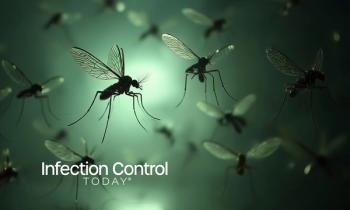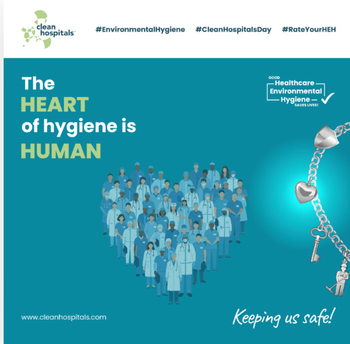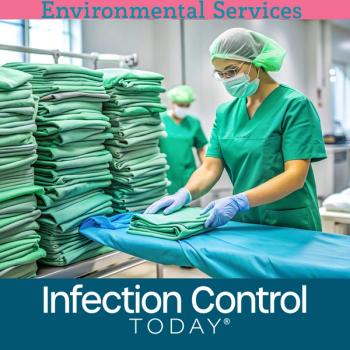
Schooling the Benefits of Infection Prevention Methods
The topic of in-person school has been a heated one as the epidemiology around children has been something that’s taken a while to understand.
Every week feels like a lesson learned during a pandemic. From the challenges of getting people to wear their masks and distance to vaccine hesitancy, so much of what we’re seeing in the community is not novel to the infection preventionists. Trying to get health care workers to wear personal protective equipment (PPE) for isolation precautions in a pre-COVID world could be challenging, just like the hurdles of flu shot compliance. As we wade through thirteen months of a pandemic it seems that more and more lessons from the public are windows into the health care infection prevention world.
There are two particularly poignant examples that have really been sticking out lately—schools and sporting tournaments. The topic of in-person school has been a heated one as the epidemiology around children has been something that’s taken a while to understand. One of the challenges though, has been in understanding in-school transmission risks for students and staff.
A
These findings are positive in that with safety measures in place, it’s possible to reopen schools with minimal transmission. Of course, while this is one small example, it speaks to the efficacy of such interventions and that if we invest in them, they can be quite successful. Especially if we consider that this was pre-vaccine. These lessons become particularly poignant when reports of sporting tournaments occur and are linked to multiple cases. Sports are particularly challenging for COVID-19 prevention as many require close contact, masks are infrequent in use, and the presence of spectators and teams increases the risk.
A prime example of this is a Florida
So where does this sync with infection prevention? First, intervention efforts (e.g., infection prevention) work. The trick is investing in them and actually following them. Novel variants are great reminders that vigilant IPC measures are the best way to not only combat transmission but help drive down future variants as we limit the ability for the virus to spread and to mutate.
Second, there are high risk environments, like a tournament. Sometimes we can avoid them and sometimes we can’t. The first step should always be to prevent the high-risk activity, but if you can’t then it’s about risk reduction. For the tournaments, requiring masks for all, distancing, and not allowing spectators would have helped. All too many times it seems that in infection prevention we are working in touch situations and environments and working to reduce risk as much as possible. The key though is to try and make risk reduction as additive as possible in these situations. Moreover, if health care workers are leaving work and might be in these situations, how can we provide more education or resources for them to avoid potential exposures?
Newsletter
Stay prepared and protected with Infection Control Today's newsletter, delivering essential updates, best practices, and expert insights for infection preventionists.





